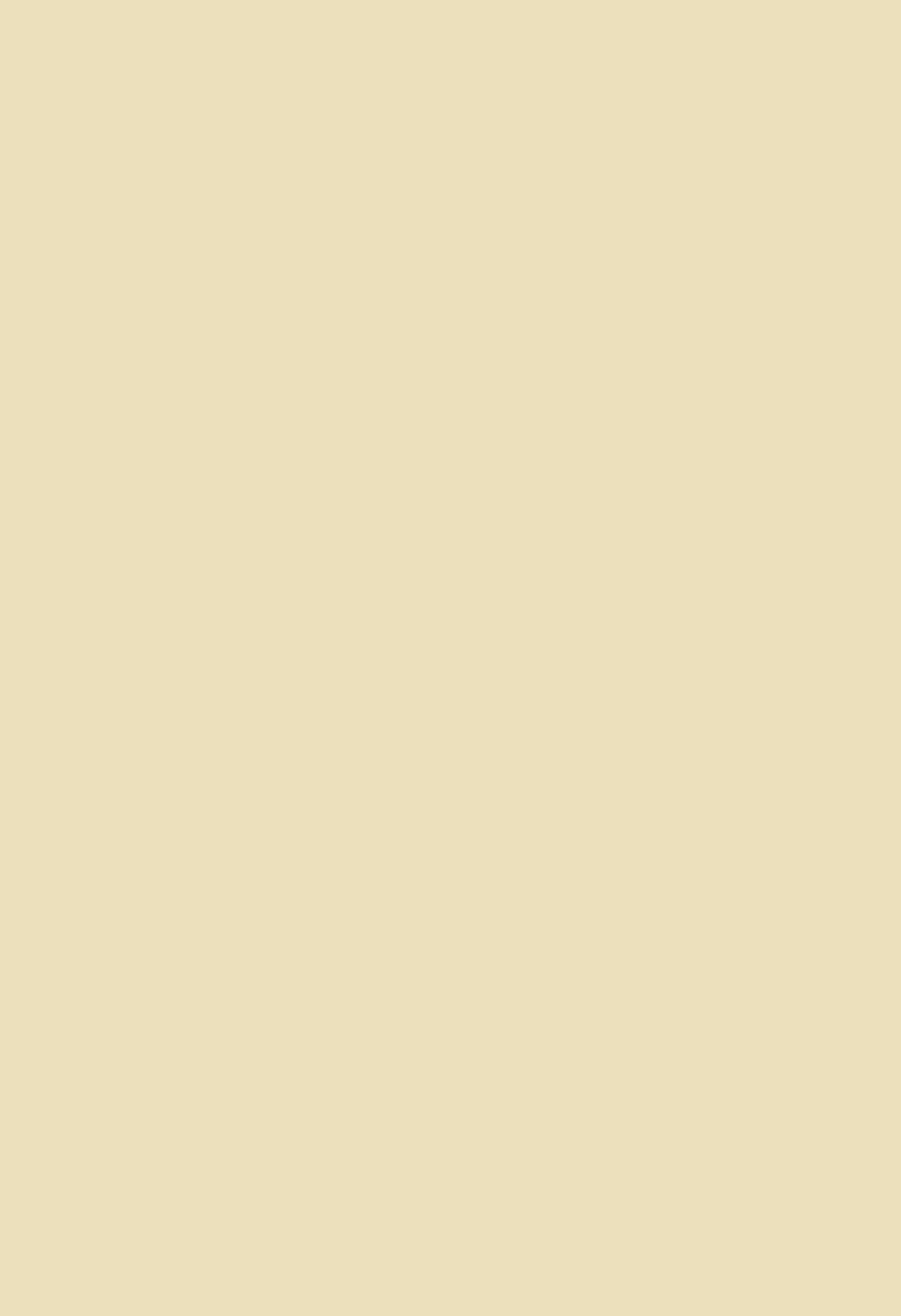

82
●
SAM GILLIAM (1933 - )
What DidYou In London Town?
.
Acrylic on cotton canvas, 1973. 1524x1829 mm; 60x72 inches, with
beveled edges. Signed and titled in ink, upper stretcher bar verso.
Provenance: private collection, New York; thence by descent, private
collection, New Jersey.
What Did You In London Town?
is a large and beautiful example of Sam
Gilliam’s experimental color field painting in the early 1970s.This canvas
is a scarce painting from Gilliam’s
Ahab
series, an intriguing body of work
made in 1973, between the stained paintings of 1970-72 and the collaged
paintings of the mid- to late 1970s. These beveled edges paintings reveal
Gilliam’s further exploration of texture and paint surfaces that he added to
stained canvas - the verso of
What DidYou In LondonTown?
reveals a brightly
colored stained canvas. It’s built-up surface has many fine raised areas, edges
and intricate pools of paint that are contrasted by strong diagonal elements
and almost sculptural reveals of the underlying stained areas.
The painting was one of the highlights mentioned by Jay Kloner in his
lengthy 1978
Arts Magazine
review of Sam Gilliam’s 1978 exhibitions at
both Carl Solway and Fendrick Gallery in Washington, DC. Kloner
describes this 1973 body of work:“The search in the Ahab Series was for
the ultimate white painting, which will be rediscovered in the white
collages of 1976. Still, certain works of this period are striking culminations
for their subtlety of color, atmosphere, and composition...
London
Town
...employs broad white slashes which cross other light tints diagonally,
giving rise to a drama of energy and movement.” Other examples from this
experimental 1973 period are
Rubiyat
, in the collection of Di and Lou
Stovall, and illustrated in Binstock, and
Scatter Pisces
, sold at Swann Galleries
on December 15, 2015. Berg 65; Binstock p. 88; Kloner pp. 150-153.
[120,000/180,000]









